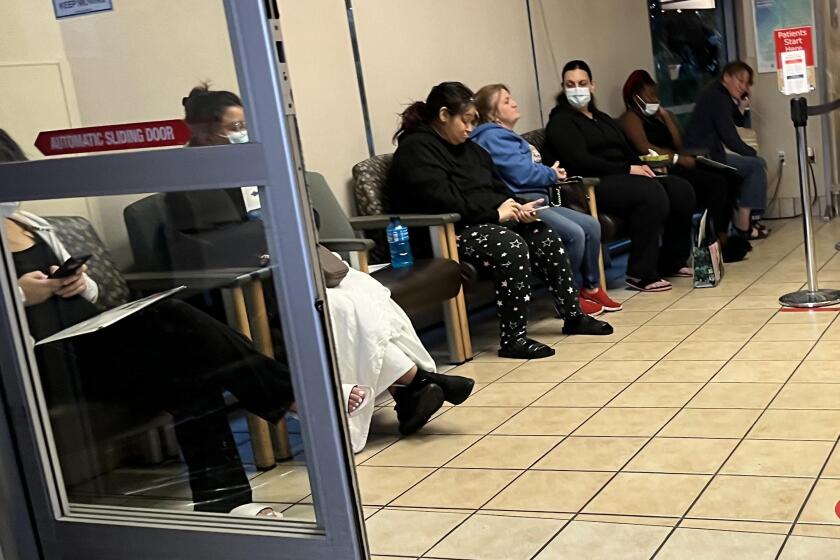If L.A.’s walls could talk
In a city derided for its lack of historic consciousness, murals tell the narrative of Los Angeles. Political movements, surfers’ idylls, Hollywood stars — all have been captured on the sides of buildings, freeways and fences. Whether they are great art — some are, some are not — is almost beside the point. They are part of the cultural history of the city and its people.
But since 2003, there has been an absolute prohibition on the creation of any murals on private property. The ban went into effect as part of the city’s long-running billboard wars — it was an effort to prevent commercial sign companies from passing off advertisements as murals. But it has resulted in the whitewashing of some murals and has left the rest in perpetual danger of destruction.
After 10 years, it is time for the Los Angeles City Council to lift that restriction and replace it with an ordinance that protects existing murals on private property and creates a process for new ones to be installed legally, at least in commercial areas. The time is right because the blanket ban is no longer necessary. After years of legal battles with commercial sign companies, the city has finally been able to restore bans that specifically target off-site advertisements.
In the next few weeks, the City Council will take up two versions of a proposed ordinance that will legalize murals on private property. Both versions grandfather in all of the city’s 300 or more existing murals on private property and allow new murals within some common-sense parameters: They can’t be larger than the walls they’re on; no mechanical or moving parts; no flashing lights; no advertising. Digitally printed images (which are not the same as glowing digital billboards) would be allowed.
There are other decisions the City Council must make before finalizing a new ordinance: Should proposed murals go before neighborhood groups for review? Should the Department of Cultural Affairs have final approval of murals, and on what criteria? And the thorniest one: Should murals be allowed on all private property, including houses in single-family neighborhoods? If so, should those neighborhoods be allowed to opt out of that provision?
All of those issues require further discussion. But an ordinance that, at the very least, allows murals on private property in commercial areas — stores, warehouses, businesses, cultural centers — is a welcome and overdue step that will help preserve the culture of Los Angeles.
More to Read
A cure for the common opinion
Get thought-provoking perspectives with our weekly newsletter.
You may occasionally receive promotional content from the Los Angeles Times.










